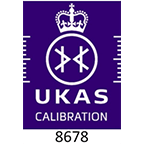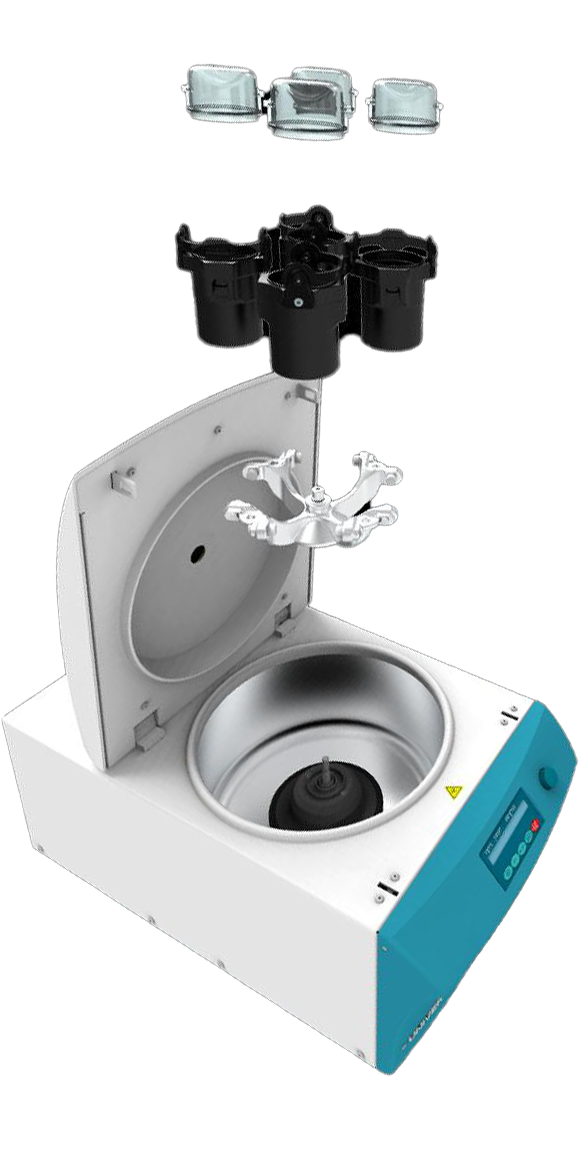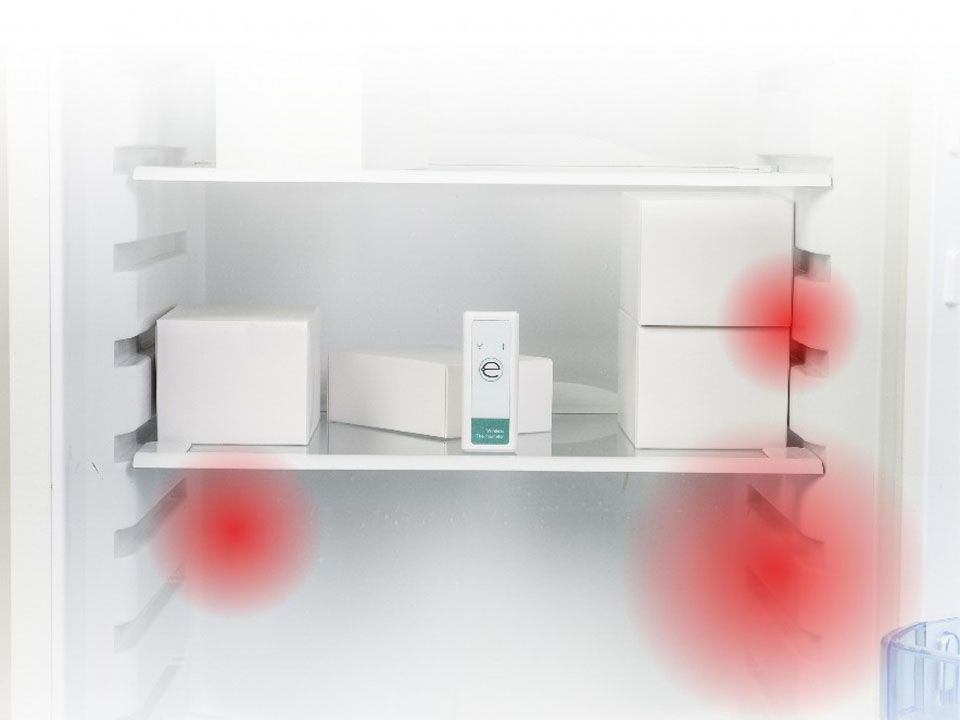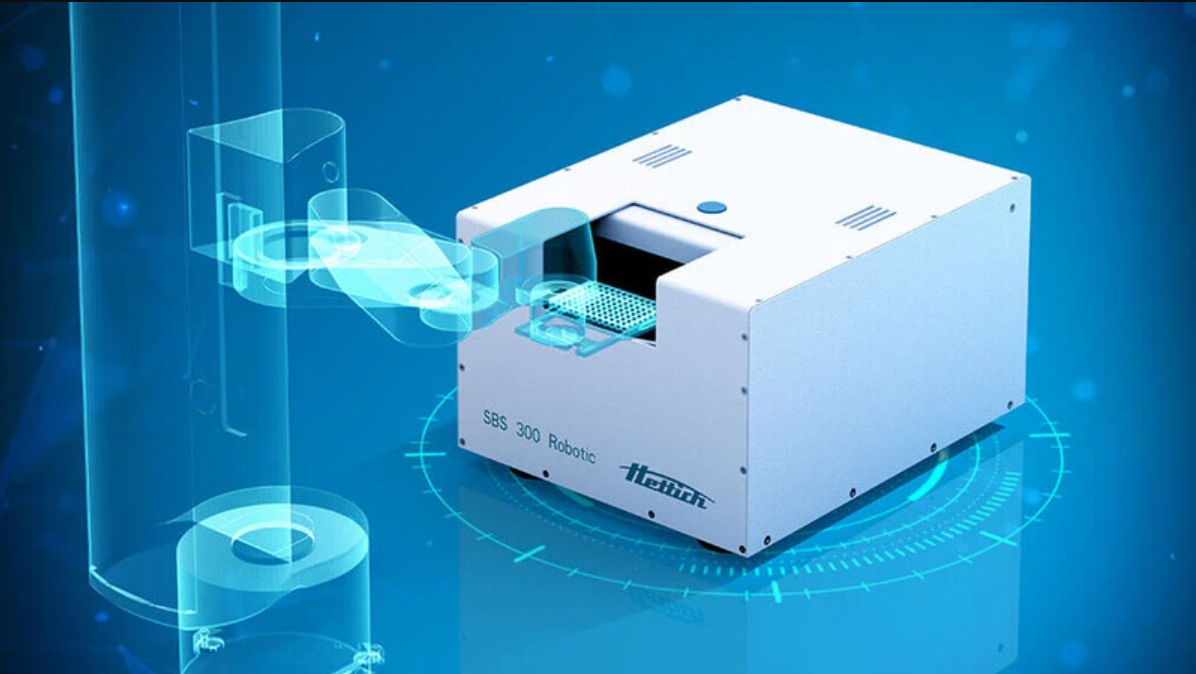Temperature mapping protocols will vary between the individuals unique requirements. However, the process does not need to be complicated. In this month’s blog, we look at how to do temperature mapping. Whilst this guide is not exhaustive, it will give you an idea of the questions you should be asking yourself when carrying out a temperature mapping exercise.
Step 1: Have a plan
It is important to make sure you create a plan for the mapping study. By this we mean you need to set out exactly how to do the temperature mapping. You should develop a Standard Operating Procedure (SOP) which answers the following questions:
- How many areas do you want to map?
- Should the area contain any items? I.e. is the area full or empty?
- What is an acceptable temperature tolerance limit?
- What kind of temperature mapping devices will you use?
- How detailed does the mapping plan need to be?
Many of these questions can be answered by consulting your Quality Manager, external auditor and/or regulatory body such as the MHRA or the WHO.
Step 2: Ensure the documentation of your temperature mapping devices is valid
You should make sure that whatever device you are using to perform the temperature mapping is properly calibrated. The calibration certificate should be available and it should be less than one year old. The tolerance limit on the calibration certificate should also be acceptable. Normally, +/- 0.5°C is considered an acceptable tolerance limit, but this will depend on the individual’s requirements.
Step 3: Set up the temperature mapping devices
You will usually need to set up the temperature mapping devices in areas where you see the biggest fluctuations in temperature. This could be near doors if mapping a room or near the compressor if mapping a refrigerator.
It is best practice to have a number of mapping devices that you install at the same time. You can use just one device and move it around from location to location, but this is time consuming.
Once you have placed the temperature mapping devices in their locations, you should use the area, freezer, refrigerator etc in the normal way. This will mimic normal usage and give you a better overall picture.
In most cases, you will leave the devices in-situ for 24 hours. However, sometimes you may need to monitor for longer.
Step 4: Collect the data
Depending on how your temperature monitoring devices work, you will need to somehow collect the data. This could be by downloading the data via USB or logging onto the online portal if it transmits data wirelessly via the cloud.
You should consider how easy it is to collect and analyse the data before you choose a device to carry out your temperature mapping.
Step 5: Evaluate the results
Finally, once you have all the data, you need to evaluate the results. You will be most interested in the hottest and coldest parts of the data. This will allow you to draw conclusions on where to store temperature sensitive items.
Sometimes, the data will demonstrate that temperature adjustments need to be made to the refrigerator, freezer etc. If this is the case, then you should make the adjustment and then perform the mapping exercise again.
As part of any evaluation, it is crucial that a consistent justification is established for any decisions taken. These should then be documented as a part of the validation procedure. Your reasoning should be scientifically based, applicable for the products being stored and suitable for their intended use.
How Henderson Biomedical can help
Henderson Biomedical is the authorised UK distributor of Eupry temperature mapping data loggers. We are able to provide assistance with regards to your temperature mapping needs. Whilst we are not consultants, we can advise of best practices and supply you with the equipment you need to perform temperature mapping.
Temperature mapping requirements vary drastically from one person to the next, so it is important that we have a dialogue with you regarding your needs and expectations.
For more information, please contact our team on 020 8663 4610 or alternatively, you can complete our online form and a member of the team will get back to you as soon as possible.









